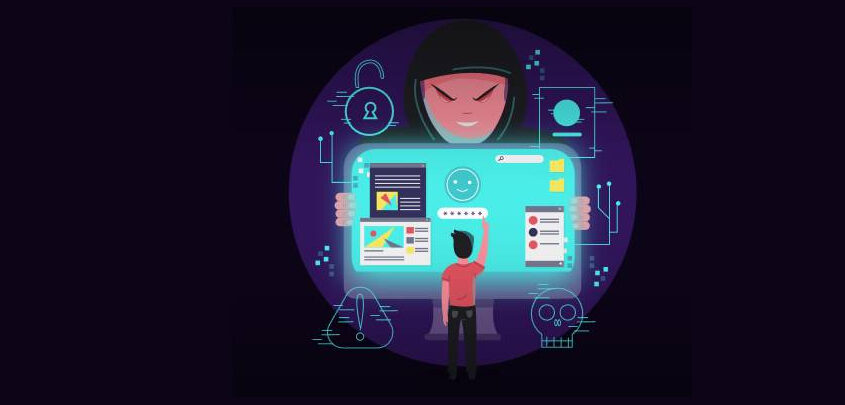
01, Jan, 2024
Understanding Cyberstalking: Signs, Risks, and Protective Measures
The advent of the digital age has brought unprecedented connectivity, but it has also given rise to new forms of harassment, with cyberstalking being a menacing manifestation. Understanding the nuances of cyberstalking, recognizing its signs, comprehending the associated risks, and implementing protective measures are crucial steps in fostering online safety.
Cyberstalking Simplified
Cyberstalking involves the persistent and unwanted pursuit or harassment of an individual through electronic means, often escalating to intimidation, threats, and intrusion into personal privacy.
Signs of Cyberstalking
- Unwanted Communication: Persistent messages, emails, or friend requests despite clear rejection.
- Tracking and Monitoring: Feeling like you’re being constantly watched online, with evidence of unauthorized access to personal accounts.
- False Impersonation: Creation of fake profiles or the hijacking of existing accounts to manipulate and harass.
- Spreading False Information: Deliberate efforts to tarnish one’s reputation through false accusations or malicious content.
Risks and Impact
The risks associated with cyber stalking are profound and can extend beyond the digital realm:
- Psychological Impact: Victims often experience anxiety, depression, and heightened stress levels.
- Personal Safety Concerns: Cyberstalking can escalate to real-world threats, jeopardizing physical safety.
- Social and Professional Consequences: Tarnished reputation and strained relationships, both personally and professionally.
Protective Measures
- Privacy Settings: Regularly review and adjust privacy settings on social media platforms to control who can access your information.
- Secure Passwords: Use strong, unique passwords for different accounts to prevent unauthorized access.
- Vigilance: Be cautious about sharing personal information online and report any suspicious activities promptly.
- Document Incidents: Keep records of cyberstalking incidents, including screenshots, emails, and messages. These can serve as evidence when reporting to authorities.
Reporting and Seeking Help
If you find yourself or someone you know a victim of cyberstalking, it’s crucial to take swift action:
- Report: Report incidents to the respective platform and, if necessary, to law enforcement.
- Seek Support: Confide in friends, family, or support groups. Don’t face it alone.
- Legal Measures: Explore legal avenues, such as obtaining a restraining order, if the situation escalates.
Concluding
In a world where our lives are intricately woven into the digital fabric, understanding and combating cyberstalking is paramount. By recognizing the signs, acknowledging the associated risks, and implementing protective measures, individuals can reclaim control over their online spaces, fostering a safer and more secure digital environment.
